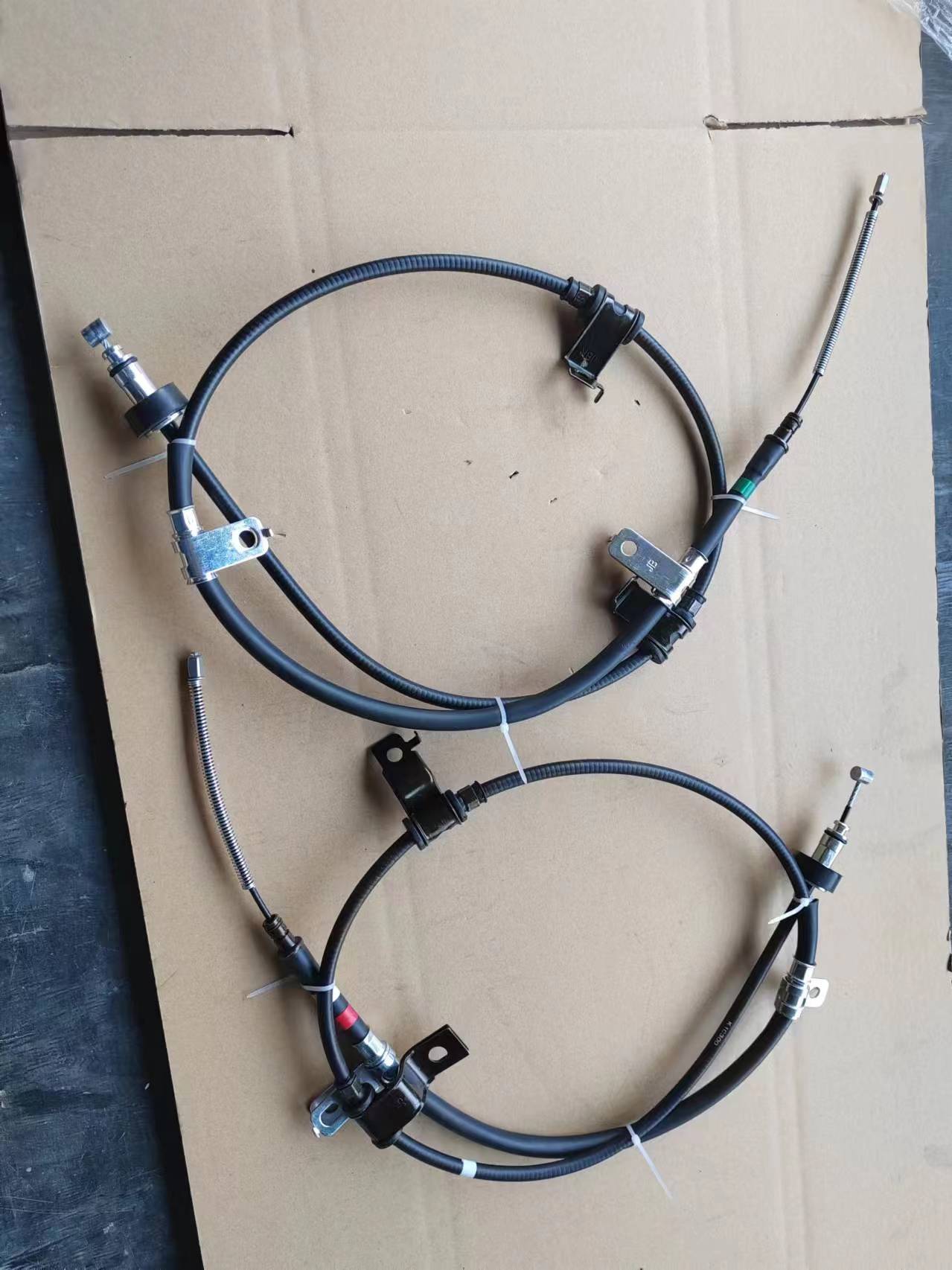Cable Throttle Pedal System for Enhanced Vehicle Performance and Response
Understanding Cable Throttle Pedals An Overview
The automotive industry has witnessed significant advancements in technology over the years, leading to improved performance, efficiency, and driver experience. One of the key components in this evolution is the cable throttle pedal, a crucial element that connects the driver’s input to the engine's power delivery. Though modern vehicles have increasingly adopted electronic throttle control systems, cable throttle pedals remain prevalent in many models, particularly older ones and certain performance vehicles. This article delves into the fundamental aspects of cable throttle pedals, their operation, advantages, and potential drawbacks.
At its core, a cable throttle pedal operates on a straightforward mechanical principle. It consists of a pedal connected to a throttle cable, which runs to the engine's throttle body. When the driver presses the pedal, the cable pulls a lever in the throttle body, opening the throttle plate and allowing air to enter the engine. This process facilitates the combustion of fuel, thereby generating power for the vehicle. The simplicity of this system has made it a reliable choice for many manufacturers, as it requires minimal electronic components and is relatively easy to maintain.
One of the primary advantages of cable throttle pedals is their direct connection between the driver and the engine. This mechanical link can provide an immediate response to driver inputs, offering a more engaging and tactile driving experience. Enthusiasts often appreciate the feel of a traditional cable throttle, as it can convey a sense of control that electronic systems sometimes lack. This direct feedback can be particularly beneficial in performance applications, where precise throttle modulation is crucial for optimal handling and acceleration.
Moreover, cable throttle systems are generally less susceptible to electrical failures, which can be a significant concern in electronically controlled systems. In instances where a vehicle's electronic throttle control system malfunctions, it can lead to erratic engine behavior or, in severe cases, a total loss of throttle response. In contrast, a cable system is relatively fail-safe; even if the cable frays or breaks, the driver often retains some level of throttle control by adjusting their foot position.
cable throttle pedal

However, cable throttle pedals also have their limitations. One notable drawback is the potential for increased wear and tear over time. The mechanical components within a cable system, including the cable itself, can suffer from friction and corrosion, leading to diminished performance and responsiveness. Routine maintenance, such as lubrication and inspections, becomes crucial to ensure smooth operation.
Additionally, the cable system may not offer the same level of fine-tuned control as advanced electronic systems. Modern electronic throttle control can incorporate various sensors and algorithms to optimize engine performance based on real-time conditions, such as load and throttle position. This capability allows for smoother acceleration, better fuel efficiency, and enhanced emissions control—benefits not typically achievable with basic cable systems.
Despite these challenges, the cable throttle pedal remains a significant choice for various applications, particularly where simplicity and reliability are paramount. Many drivers enjoy the straightforward nature of cable systems, appreciating the mechanical connection that fosters a more visceral driving experience.
In conclusion, the cable throttle pedal represents an enduring aspect of automotive design that balances simplicity and responsiveness. While it faces competition from electronic throttle systems that offer advanced features and efficiency, the charm of a cable throttle lies in its direct connection to the driver’s commands. Whether in classic cars or performance-oriented models, the cable throttle pedal will continue to play a role in the automotive landscape, appealing to those who value tradition and mechanical integrity in their driving experience.
-
Workings of Clutch Pipe and Hose SystemsNewsJun.04,2025
-
The Inner Workings of Hand Brake Cable SystemsNewsJun.04,2025
-
The Secrets of Throttle and Accelerator CablesNewsJun.04,2025
-
The Hidden Lifeline of Your Transmission Gear Shift CablesNewsJun.04,2025
-
Demystifying Gear Cables and Shift LinkagesNewsJun.04,2025
-
Decoding Clutch Line Systems A Comprehensive GuideNewsJun.04,2025
